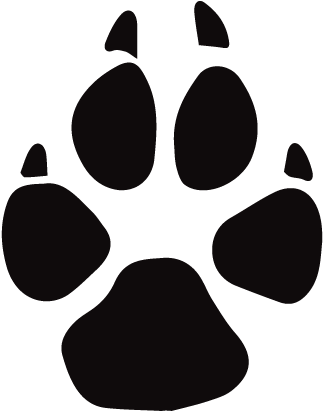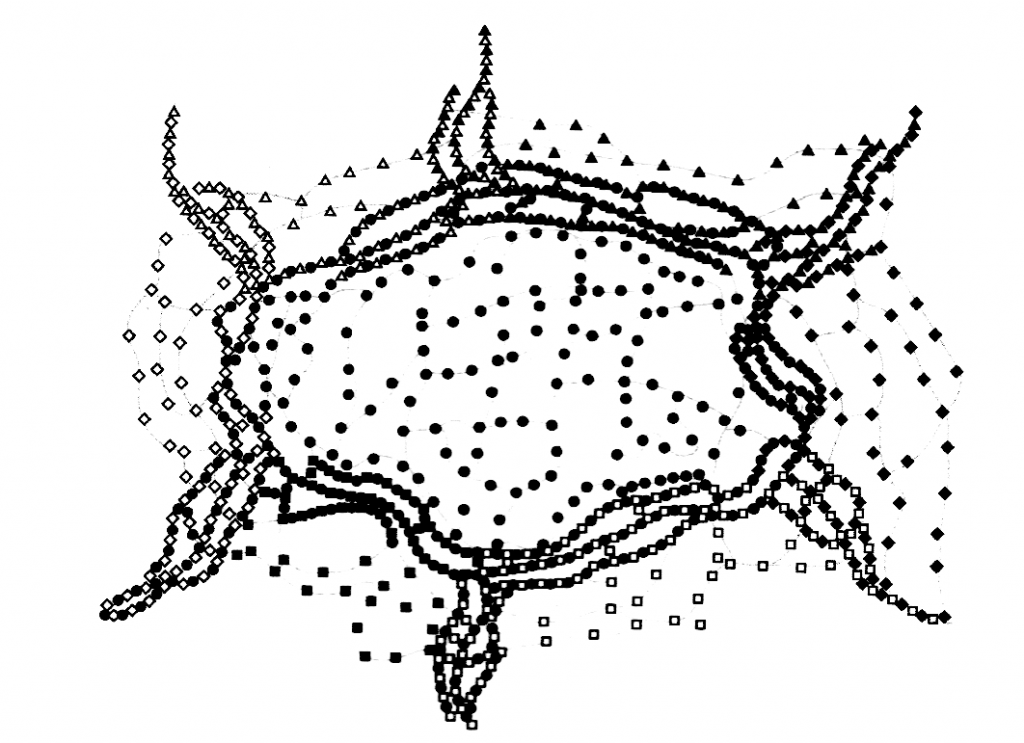Wolves are notoriously hard to track. The same characteristics that make wolves such excellent hunters and scavengers, are also what make tracking them extremely difficult. Wolves can smell humans from over a mile away and hear them from even further away than that. Also, wolves can cover a lot of ground. They can run 25km in a single night.
We’ve worked with wildlife filmmaker Justine Evans to create a guide to tracking the UK’s wolf packs. In four videos, Justine gives tips on how to track wolves and capture great shots of the UK’s top predator.
While tracking, remember the rules to keep you and the wolves safe:
- don’t approach closer than 91 meters (300 feet)
- if they approach wave your arms and make noise to show your dominance
- don’t turn your back on them
Howling
The trademark sound of a nearby wolf is their howl. Apart from humans, wolves used to have the largest natural distribution of any mammal and they use their howl to assemble the pack and communicate across their massive territories. They also respond to an impersonated wolf howl- experts say that wolves are very forgiving- the impression does not need to be perfect. However howling is best used sparingly, maybe only to ascertain their presence. So little is known about wolf communication it is hard to know what you are telling them and while you may receive howls back, it is likely that your howling helps them keep their distance from you.
Staking Out Wolf Trails & Dens
Den and rendezvous sites are where some of the most intimate moments in the life of a wolf pack happen. Female wolves build their dens during summer and make use of small openings in rocks or gaps behind thick vegetation. Wolves sometimes adapt a den from the stolen burrow of another, smaller animal. Unless the den is disturbed or collapses, wolves will continue to use the same site for many years, even passing it on to successive generations.
Wolf trails are also good opportunities to observe them up close. Wolf often use public footpaths to navigate, particularly along river banks and through denser woods. As the weather gets colder they will increasingly use ready-made paths to save energy.
Wolf Tracks
Finding and following wolf tracks can lead to a kill site, a den or rendezvous site. This depends on ease of terrain and age of tracks- following a set of tracks over snow, a frozen lake or meadow is simple providing time and wind have not erased them. But following them through a woods and across open grasslands can be extremely difficult. If the imprint of the wolf’s paw is still sharp and clear in the ground, then it’s a good chance they are fresh. A big challenge is distinguishing between wolves and large dogs. The tracks of a wolf and large domesticated dog can be indistinguishable. Even to a trained wolf biologist, the two tracks can be impossible to tell apart. The secret to telling the two apart is in examining the behaviour of the animal that made them. A domesticated dog will move in a wandering criss-crossing path, stopping often to play, sniff, and dig. A wolf, on the other hand, moves deliberately and with purpose. They save playful meandering when they are safe at their den, but when moving across open country, they march most often in single file and only stray from their course to investigate danger or potential food.


Wolf Marking
Wolves scent mark frequently throughout their territory but particularly around the borders, as can be seen from a map of scent marking positions identified in Superior National Forest, Minnesota.

Humans cannot smell wolf scent marks, but we can spot some of the signs that accompany them. Look for wolf droppings. There are easy to spot because they are made up almost entirely of the hair and bones of prey, deer mainly. It smells musty, rather like fox scat.
If it’s not moist and squishy to the touch then it is older then twelve hours and not worth following.
Look for wolf hair on trees. To mark their territory, wolves often scratch themselves up against trees leaving patches of fur. Also, try Leaving canine urine on trees to lure wolves in. Wolves navigate their landscape, through smell. If they smell another dog, or another canine or another wolf, they’re curious and may come and check it out